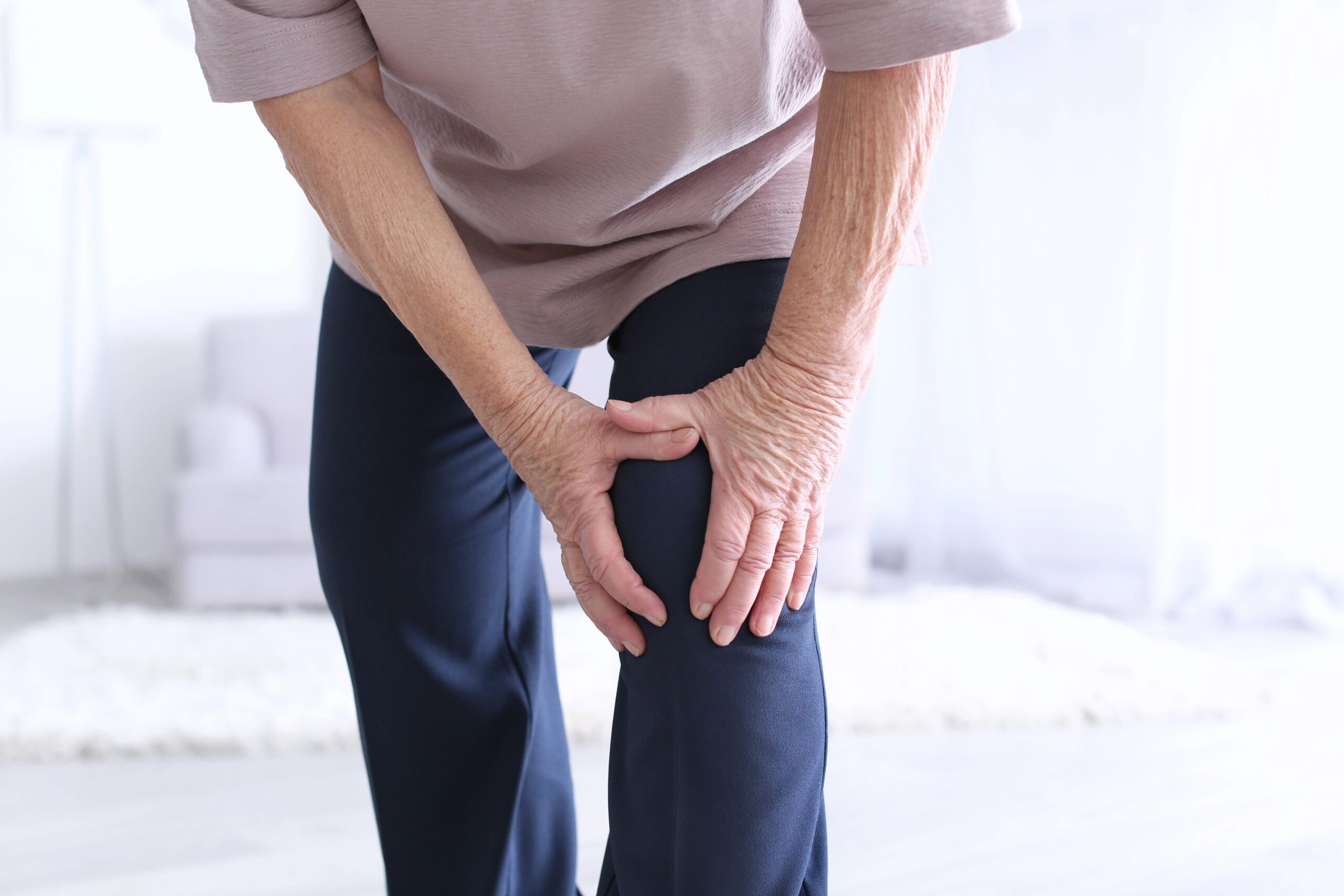Osteoarthritis is the most common form of arthritis, affecting millions of people worldwide. And while the actual mechanism behind the disease might seem simple — the protective cartilage cushioning the bones wears down over time — its impact on patients’ quality of life is anything but. So, what is osteoarthritis? Read on to find out about symptoms, risk factors, and treatments that can help you keep living your life.
What Is Osteoarthritis?: The Basics
As mentioned above, osteoarthritis impacts the cartilage that cushions your bones and joints. When cartilage is functioning as it should, it’s a firm tissue that allows comfortable, frictionless joint movement. But when the cartilage begins to wear down, it allows bone to rub on bone. Eventually, the condition can lead to changes in the bone, inflammation of the joint lining, and painful deterioration of the essential connective tissues. And while osteoarthritis can damage any joint, we most commonly see the disease manifested in the hands, knees, spine, and hips.
Symptoms of Osteoarthritis
Are you concerned you might have osteoarthritis? Symptoms of the disease generally begin slowly, and might include the following:
- Pain: You may experience pain in affected joints, especially during or immediately after movement — for example, twirling your fingers or using a pencil.
- Stiffness: Joint stiffness is common, and can be especially bothersome after long periods of inactivity. You may notice it in the morning after a good night’s sleep, for example, or after a long plane ride or road trip.
- Loss of flexibility: Along with stiffness, you may notice that you can’t move your joints through their full range of motion.
- Grating sensation: You might feel an unpleasant grating sensation in your joints. You might also hear the bones grinding together, which can sound like popping or crackling.
- Swelling: If you experience soft tissue inflammation associated with arthritis, you may notice painful swelling near the joints.
Risk Factors for Osteoarthritis
There are numerous risk factors for this condition, including the following:
- Joint disease: Pre-existing joint diseases like rheumatoid arthritis can be a risk factor for osteoarthritis.
- Chronic illness and metabolic disease: Chronic illnesses like diabetes are common risk factors.
- Age and sex: Osteoarthritis is more common in older individuals, particularly women.
- Genetics: Osteoarthritis can have a genetic component, although this isn’t always the case. However, if someone in your family has the condition, there’s a chance you may, too.
Finding the Right Treatment for You
While damage to the joints generally cannot be reversed, chronic osteoarthritis symptoms can be managed through a number of treatment options. These range from simple lifestyle changes to modern medical interventions:
- Lifestyle changes: Staying active and maintaining a healthy weight may slow the progression of the disease and reduce pain and joint dysfunction. Especially as you get older, the less burden you put on your joints, the better.
- Regenerative medicine for osteoarthritis: Regenerative medicine uses the body’s natural healing properties to heal injured tissues. There are numerous interventions associated with regenerative medicine, including stem cell therapy and platelet-rich plasma injections. Both of these options are proven to be effective with orthopedic conditions.
- Viscosupplementation: This increasingly popular treatment involves injecting hyaluronic acid into a joint to reduce pain and improve overall function.
_____
So, what is osteoarthritis? Put simply, this chronic condition is the most common form of arthritis. It causes pain, stiffness, and swelling — but treatments are improving every day.
If you’re interested in exploring new treatment possibilities for osteoarthritis, the experts at C.O.R.A.MED HRT & Regeneration Center can help. Our team is committed to providing personalized, accessible, and integrated care, focusing on the root causes of health issues and employing advanced medical technology. To learn more, please call us at 417-207-2441 or contact us online.

